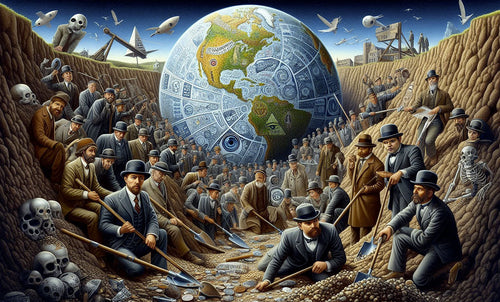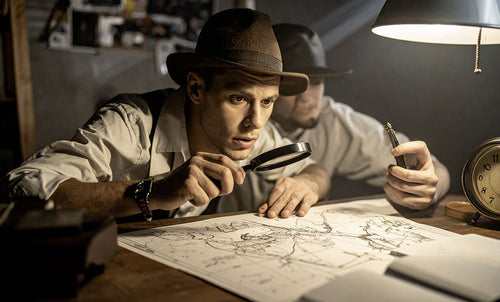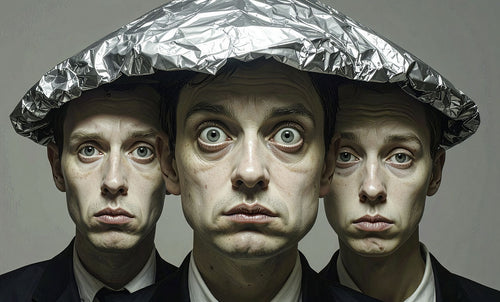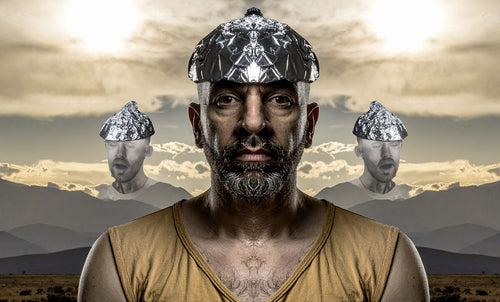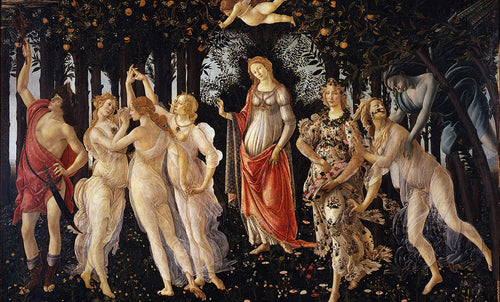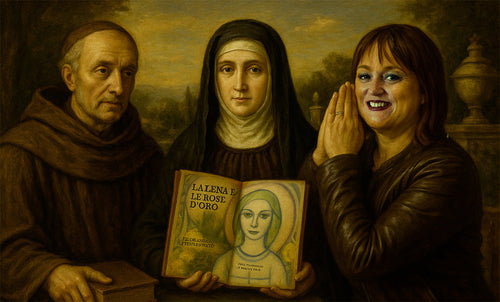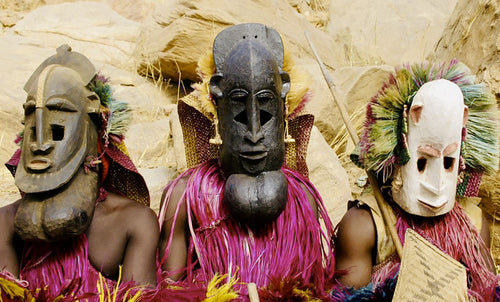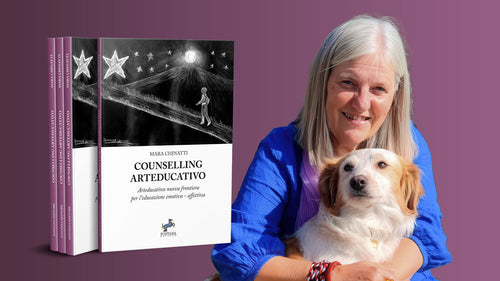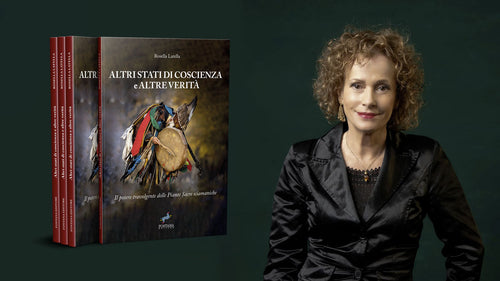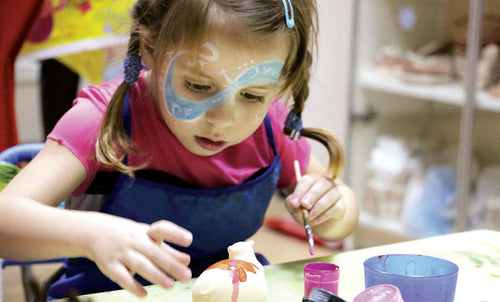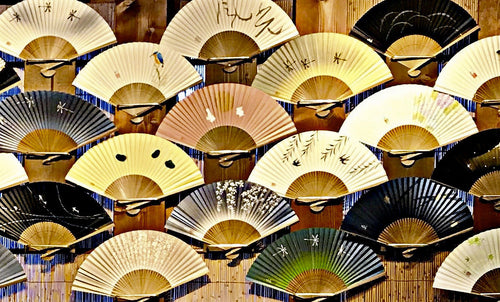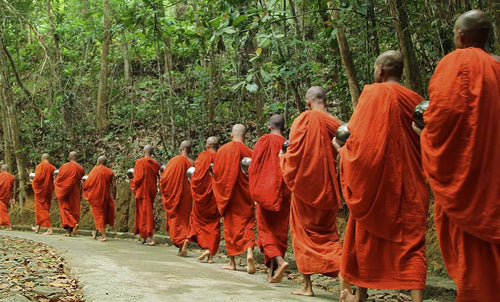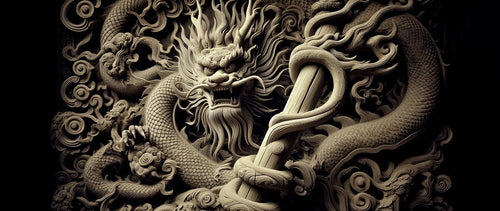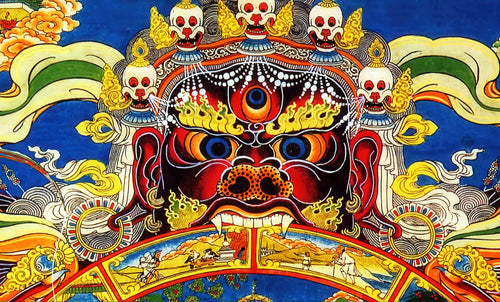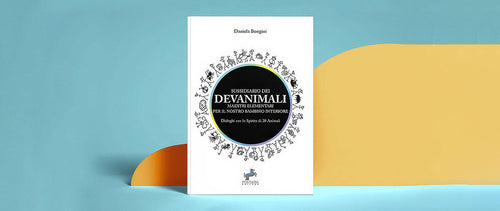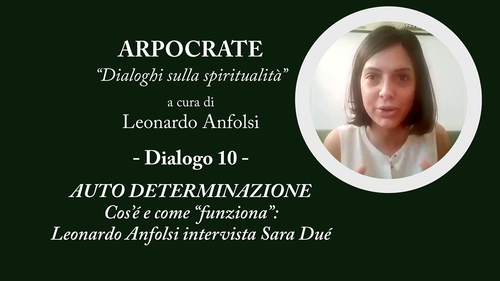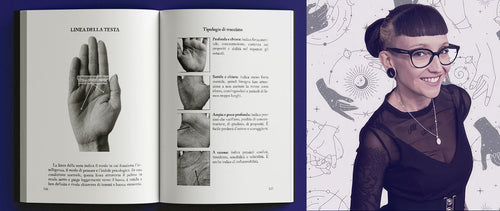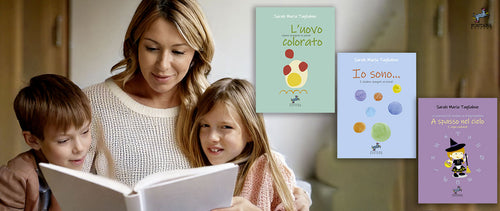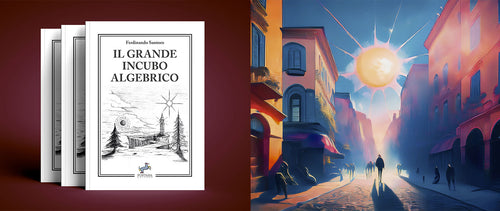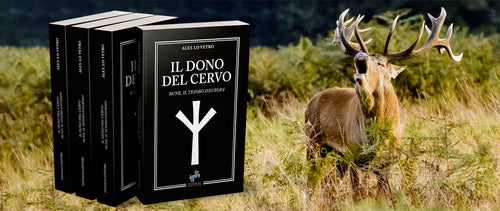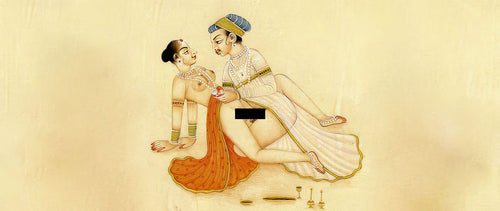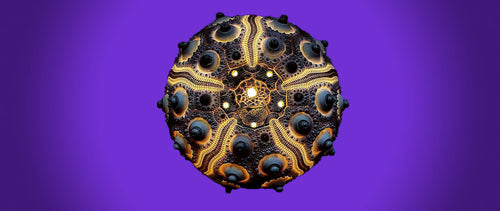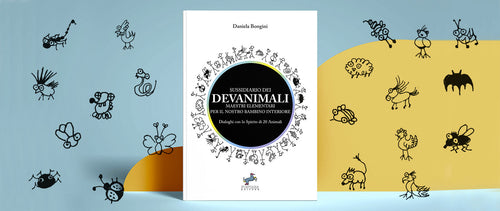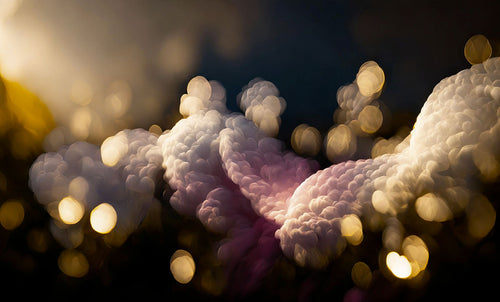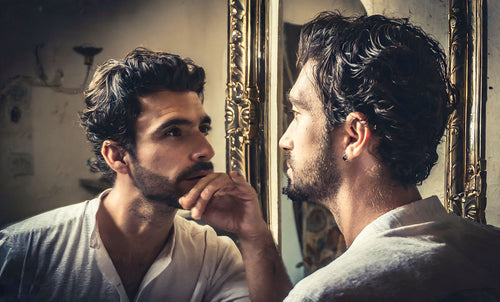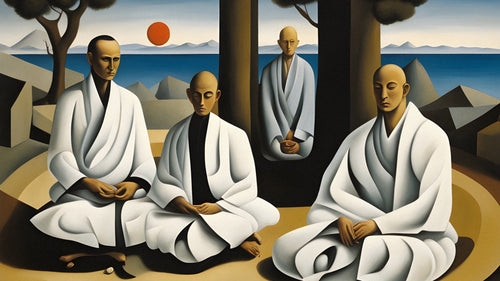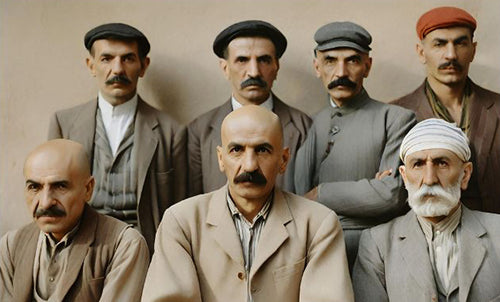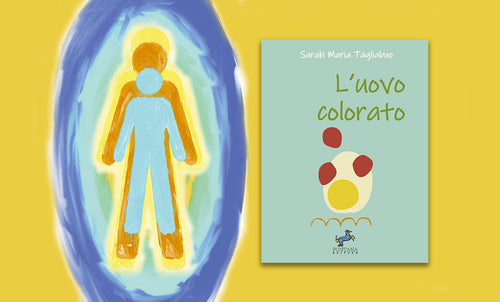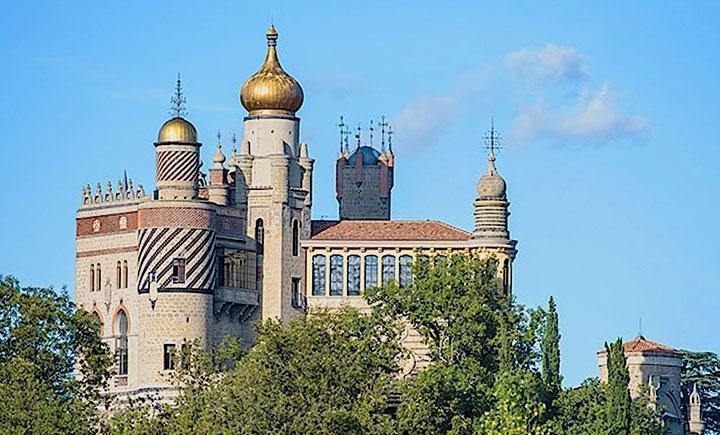
Mattei - The alchemist and his castle
Leonardo AnfolsiHe cured Prince Ludwig of Bavaria and twenty thousand people from Bologna. Inspired by Paracelso he invented electrohomeopathy, establishing the first multinational pharmaceutical company.
This brief text is an introduction to my new book on Count Mattei and his mysterious medicine, and the latest discoveries about his work. Count Cesare Mattei was a man who raised many hopes and expectations around the world. He was brilliantly researching and formulating medicines that marked an era. In addition, the vast spreading of his distribution undoubtedly indicates “Count Mattei’s Elettromiopatia” as the first pharmaceutical multinational. Inspired researchers such as Claudio Carelli, director of the Mattei Museum, and Mario Facci, as well as Count Mattei’s direct descendants, have been my source of information and inspiration.
With them, and thanks to them, I looked at the “Mattei Affair” from a new angle. Strangely enough, some obvious facts have never been seriously examined before, even though they have always been there for all to see. The conclusions I have come up with, will be examined in my book “The Mystery of Electrohomeopathy Solved”.
Cesare Mattei was born in Bologna on January 11, 1809 in a wealthy family of the local middle class. He was educated in accordance to his parents’ social standing: together with Marco Minghetti, he studied under the philosopher Paolo Costa, and matured liberal ideas while distancing himself from the ideologies of the time. In 1837 he was one of the founders of the Cassa di Risparmio (or Savings Bank) of Bologna. In 1847, Cesare Mattei and his brother Giuseppe, gave Pope Pius IX the land of Comacchio, which was under Austrian rule, thus giving the pontifical troops a chance to improve their strategic position.
The Pope rewarded the two brothers with the hereditary title of count. In the spring of 1848, he was in charge of the enlistment of the Bolognese civilian guards, in which he served the VII battalion with the rank of Lieutenant Colonel, later becoming Army Chief of Staff. He then became a member of a group of volunteers in Bologna who, with Enea Bignami in charge, served in the headquarters of King Carlo Alberto of Savoy. Together with volunteers troops, he fought in defense of the Veneto region against the Austrian counter-offensive of 1848. Because of complex political issues, Mattei renounced political life, alienating the former fellow student, now prime minister of the newborn Kingdom of Italy, Marco Minghetti, who became his arch enemy, later opposing all Mattei’s efforts to rise his homeopathy to a greater fame, as an active field of beneficial health research In 1850 he purchased the grounds where the ruins of the ancient fortress of Savignano were built. On November the 5th, in the same year, he began the construction of the new castle, which he called the Rocchetta.
The structure, originally designed according to the original medieval style, was successively enriched with additions inspired by the Alhambra of Granada and Mezquita of Cordoba and would only be completed in 1875; the Rocchetta became his habitual residence since 1859. Today it has been finally restored through a bank funding and brought back to its ancient splendor after the raids of the Nazi and American army, not to mention the local vandals, which have slowly taken as much as possible. As a boy I used to climb its walls, enjoying that mix of styles, the remains of the glazed windows, the encaustics and upholstery, and the view from above. Retiring to private life, the Count, though never graduated, began to devote himself to the study and practice of homeopathic medicine. Probably, the mother’s death and the consequent increase in suspicion of the official clinical methodology played a decisive role in determining and consolidating this interest.
Thus, by using wisely the means available to him and the success of homeopathy in Italy in the second half of the century, he was able in a short time to enhance the popularity and value of a new therapeutic method, which he called electrohomeopathy, It was, according to him, a great remedy for a large number of diseases, particularly cancer; it was a synthesis of homeopathy, phytotherapy, paracelsian alchemy, and magnetism that was going beyond the Hahnemannian principles of similia similibus and of potentisations.
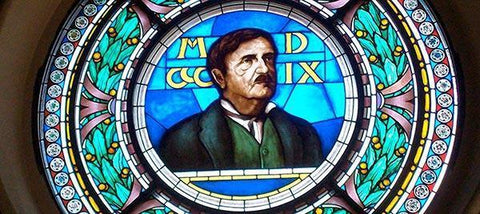
The theory at the heart of this healing system was apparently based on the old etiological concepts of humoral alterations and on the conviction of the existence in the various parts of the organism of two halves, one positive and the other negative electricity. On their constant balance would depend the state of well-being, while the prevalence of one on the other, would cause the various symptoms of the state of the disease. In line with this doctrinal approach, Mattei set up specific remedies for internal and external use - provided with homeopathic action - but formulated as compound preparations rather than the simple preparations used by the earliest homeopathic unicists.
We will discuss this in the forthcoming book: in these formulations there is a secret kept hidden until today. Personally, I’m really surprised that something completely unknown like the electrohomeopathy can attract so much curiosity. Perhaps the time has come to solve this enigma springing from the mind of a generous and ingenious man trying to defend himself against envy and ignorance.
The Count was a learned man, an outstanding orator and writer, and an increasing number of his patients followed his research and the production of his remedies; Since he did not graduate, he had always to work in the presence of a physician, in order to avoid the criminal offense of misuse of medical profession. Later, however, in 1887, when, banking on his success, he started selling his products to pharmacies, he could not avoid a trial. In 1869, thanks to his familiarity with the pontifical entourage, he received by Pius IX the permission to experiment for three months with his remedies in the Roman military hospital of St. Teresa, whose health director, L. Pascucci, was his enthusiastic admirer.
Finally, in 1881, encouraged by the success achieved and undaunted by the continuous rejection of the official and homeopathic medicine alike, decided to start the mass production of the electrohomeopathy remedies, promoting their export abroad. In order to achieve this ambitious initiative, he opened several deposits, which were initially 26 - the first site being in Bologna - reaching in 1884 the remarkable number of 107, located all over the world, from Europe to the United States, Haiti, India and China. Claudio Carelli considers, and rightly so, that Count Mattei was the first real multinational pharmaceutical company...

